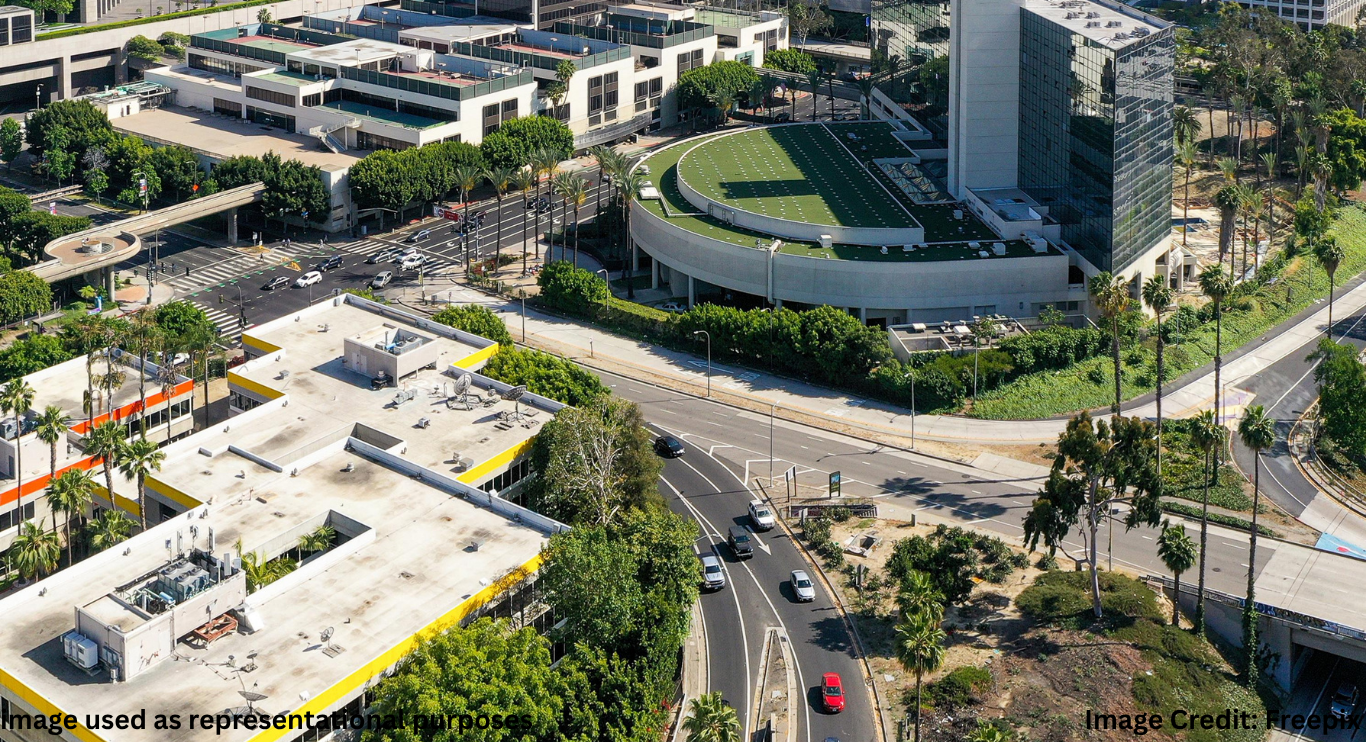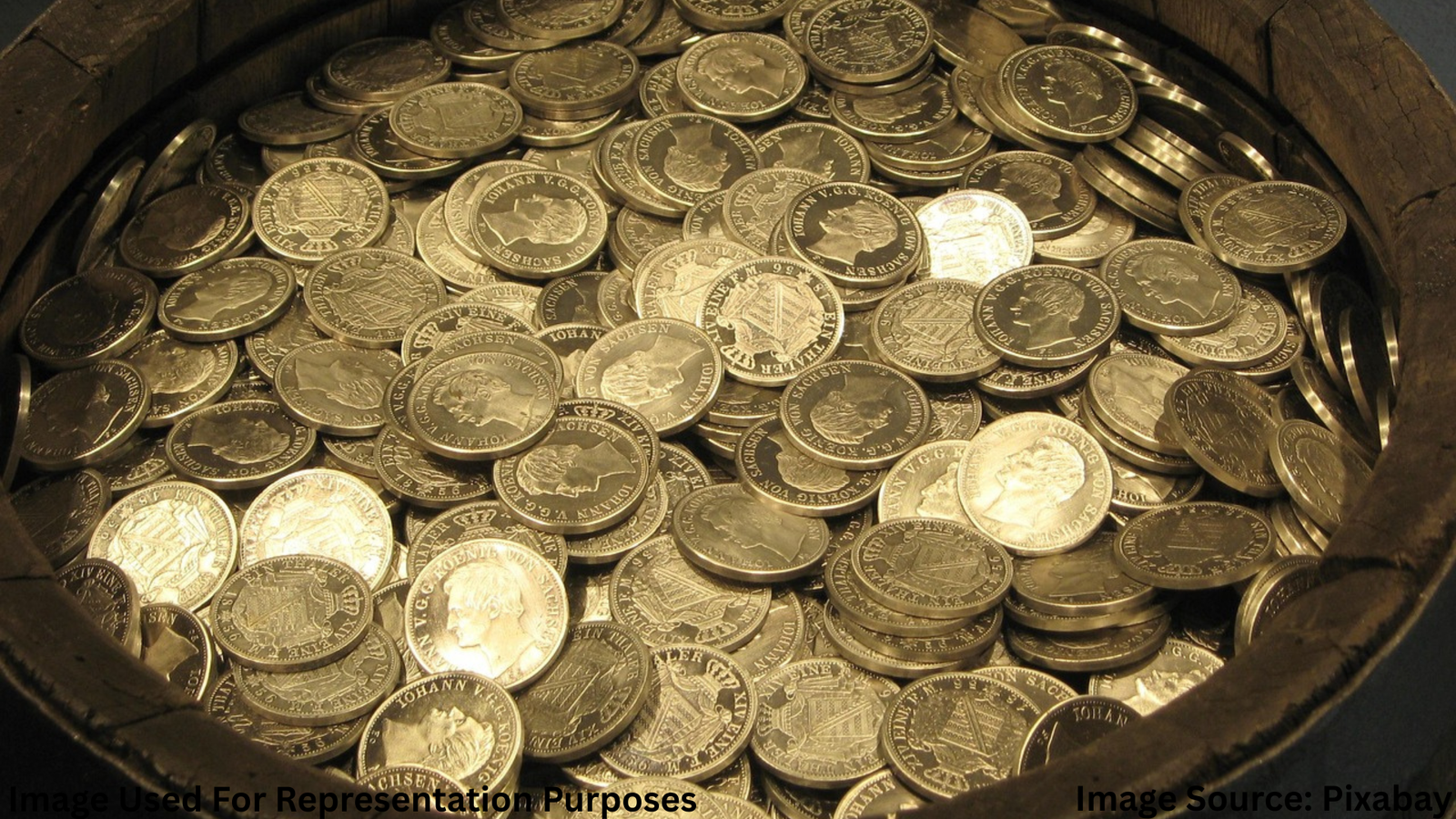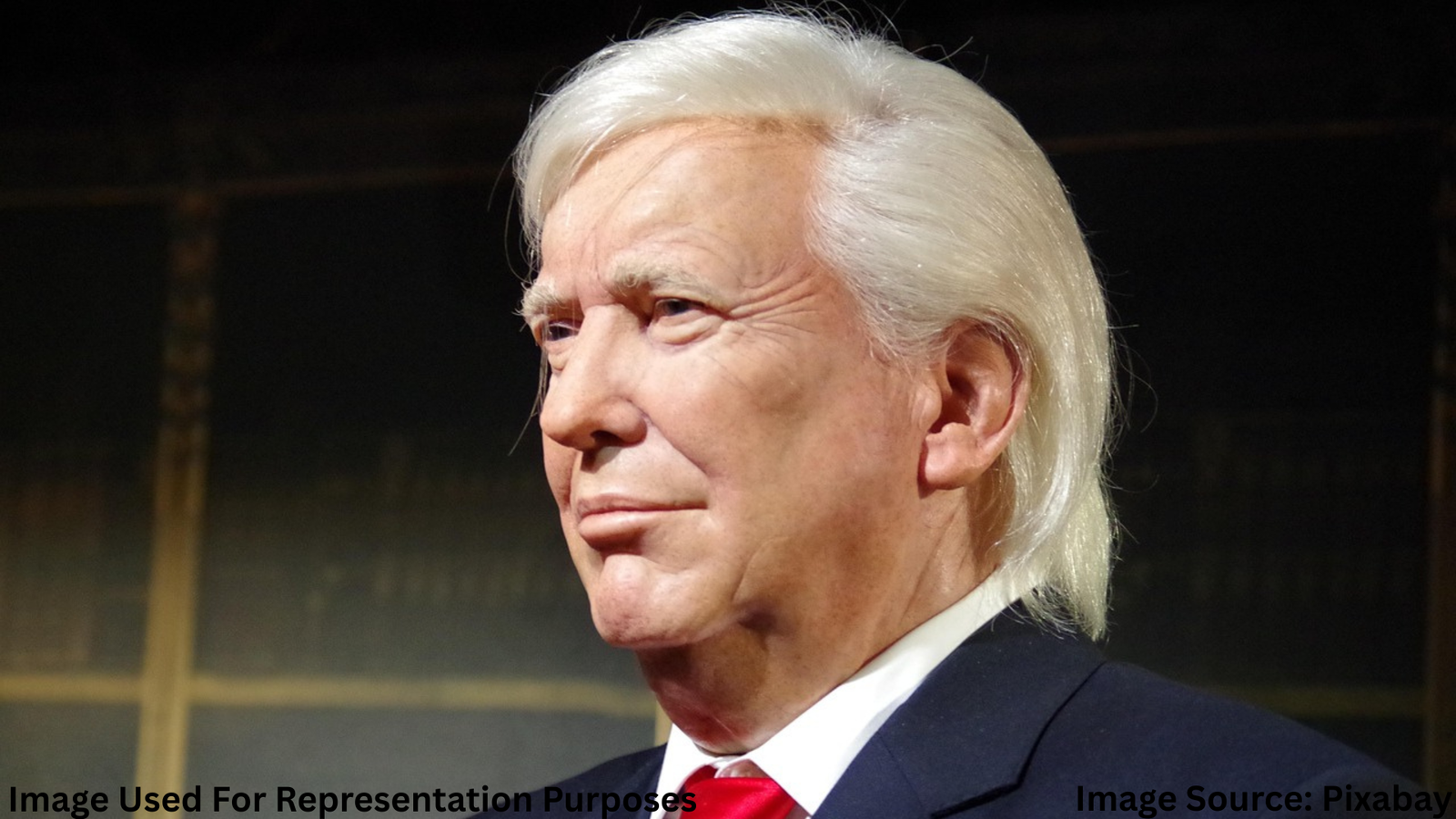
Why Texas Urban Planning Matters
Texas urban planning is more than drawing maps and constructing buildings — it’s about creating livable, efficient, and future-ready communities. With cities like Austin, Houston, and Dallas growing at rapid rates, planners are tasked with balancing development, sustainability, and infrastructure. Whether you’re a policymaker, resident, or student, understanding how urban planning works in Texas gives insight into the future of our cities.
The Evolution of Texas Cities
Texas has long been known for its wide-open spaces and booming population. In the 20th century, growth was largely unregulated, resulting in urban sprawl that led to traffic congestion, pollution, and inefficient land use. Today, that’s changing. Cities are shifting towards smart growth principles, encouraging mixed-use developments and better transportation systems.
In cities like San Antonio, older neighborhoods are being revitalized, blending historical charm with modern planning techniques. Dallas has embraced urban infill—the redevelopment of underutilized land within city boundaries—to combat sprawl and make better use of existing infrastructure.
Urban Sprawl vs. Smart Growth
One of the central debates in Texas urban planning revolves around urban sprawl. Historically, Texans have embraced suburban lifestyles, but this has led to: Longer commutes, car dependency, increased greenhouse gas emissions.
Smart growth provides a solution by focusing on:
1. Compact, walkable neighborhoods
2. Access to public transportation
3. Zoning reforms that allow mixed-use development
Take Plano, for example. Once a classic suburb, it now features dense urban centers, walkable retail districts, and integrated public spaces, showing how a city can evolve through planning.
Case Study: Austin’s Transit-Oriented Development (TOD)
Austin provides a compelling example of Texas urban planning in action. With a population explosion, city officials implemented Transit-Oriented Development (TOD) zones to build communities around public transportation hubs.
TOD in Austin includes:
1. Reduced reliance on cars
2. Affordable housing options near rail stations
3. Mixed-use buildings with retail, housing, and office space
This strategy not only reduces emissions but also creates vibrant communities where people can live, work, and play.
Green Infrastructure and Sustainability
Environmental sustainability plays a critical role in modern Texas urban planning. Houston, often criticized for poor flood planning, has learned from disasters like Hurricane Harvey. The city now emphasizes green infrastructure, such as: Permeable pavements, green roofs, rain gardens.
These innovations help cities manage stormwater, reduce heat, and improve air quality. In Fort Worth, the Trinity River Vision Project is transforming the city with sustainable riverfront development and flood control measures.
Public Involvement and Policy-Making
Effective urban planning in Texas cannot happen without the public. Cities increasingly encourage community engagement in their planning processes. For instance:
1. The city of El Paso regularly hosts public hearings and workshops
2. Houston launched the Plan Houston initiative, inviting residents to shape their city’s future
3. These participatory approaches build trust and ensure planning reflects the community’s needs.
Challenges in Texas Urban Planning
Despite progress, challenges remain. These include:
Housing affordability: Skyrocketing home prices in Austin and Dallas
Transportation gaps: Limited public transit in many suburban areas
Climate resilience: Preparing for floods, droughts, and heatwaves
Moreover, political divisions sometimes stall sustainable planning efforts. Zoning laws, for instance, can be outdated and difficult to reform, especially in more conservative regions.
Future Outlook: Resilient and Inclusive Cities
Looking forward, Texas urban planning is focused on creating resilient, inclusive, and technologically advanced cities. Initiatives to watch include:
1. Smart city technology in Dallas, leveraging data to manage traffic and energy
2. Inclusionary zoning in Austin to create more affordable housing
3. Equitable transit solutions connecting underserved neighborhoods
As Texas continues to grow, the way it plans will determine the quality of life for millions of residents.
Final Thoughts
Urban planning in Texas is undergoing a significant transformation. From smart growth initiatives to green infrastructure and community involvement, the state is embracing strategies that create more livable, connected, and sustainable cities.
As someone who lived in Austin during its rapid expansion, I’ve seen firsthand how thoughtful planning can improve daily life—shorter commutes, better parks, and vibrant local communities. For Texas to truly thrive, continued investment in Texas urban planning is essential.

Akalumhe Jefferson is a content writer with a new found interest for crafting engaging stories that transport readers to new worlds. Although no current actual background in creative writing but there’s active love for writing



